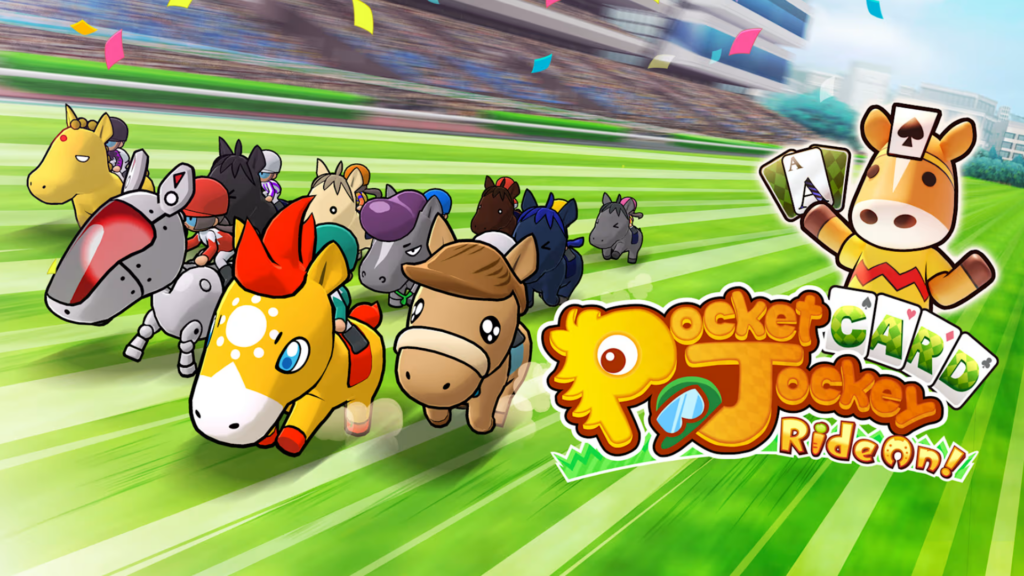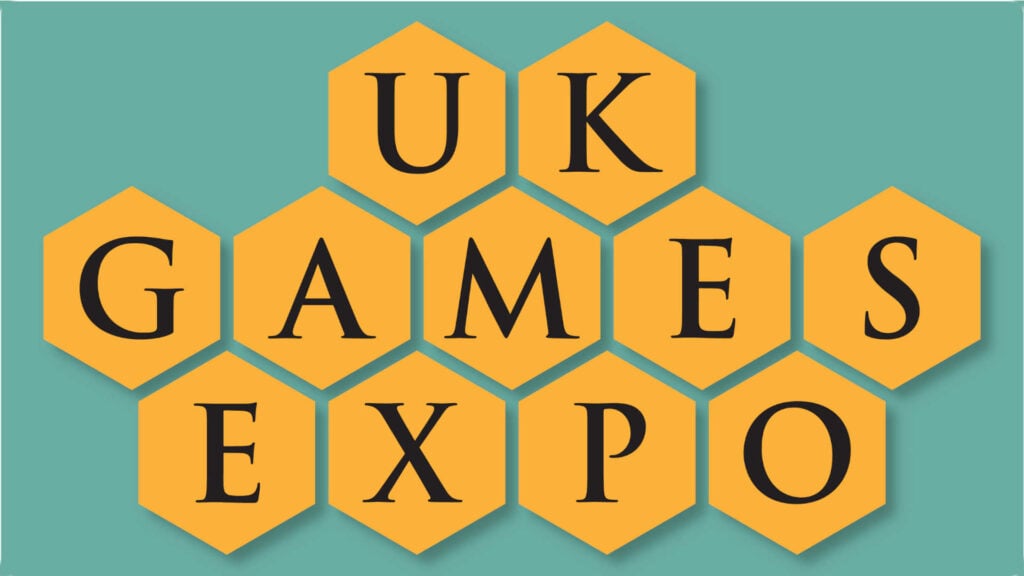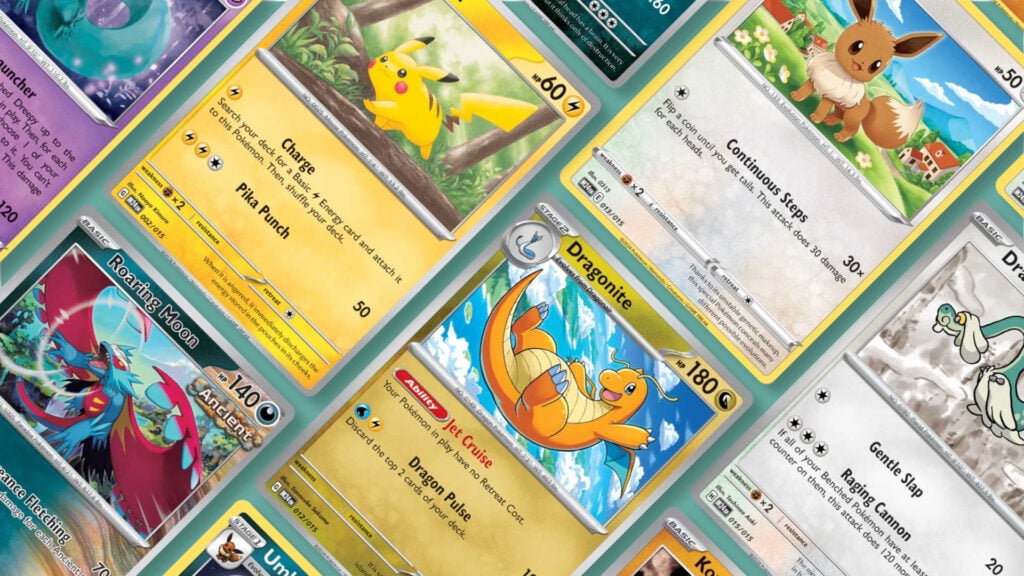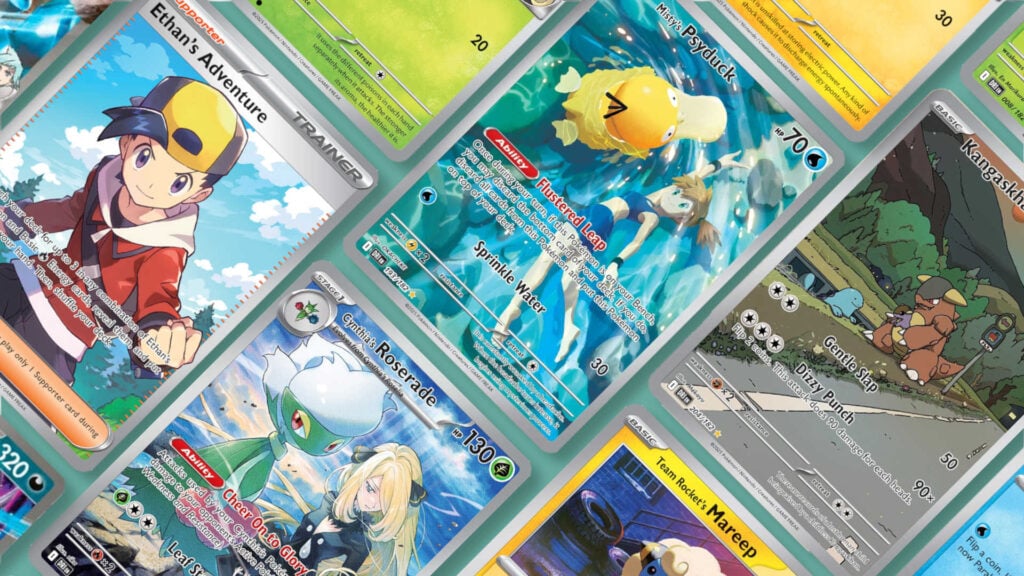Images courtesy of Game Freak
If you’re in the gaming space, the legendary developers Game Freak immediately brings to mind one iconic franchise: Pokémon. But there’s one smaller game they’ve created called Pocket Card Jockey, which could be argued to be their best game to date – and it’s every bit as quirky and weird as we’d expect it to be.
I was a late adopter of the Nintendo 3DS system in 2016, during its last few years of being the flagship handheld console for Nintendo. Luckily, I still had the opportunity to experience the original Pocket Card Jockey on the console and have been craving a modern implementation ever since.
Though the Nintendo 3DS eShop closed down in 2023, the cult classic game has been given new life in the form of Pocket Card Jockey: Ride On!, an Apple Arcade spinoff exclusive, which eventually saw a Nintendo Switch release.
Saddle up, because we’re in for a ride with this one. Giddyap!
Table of Contents
ToggleWhat Is Pocket Card Jockey: Ride On!?
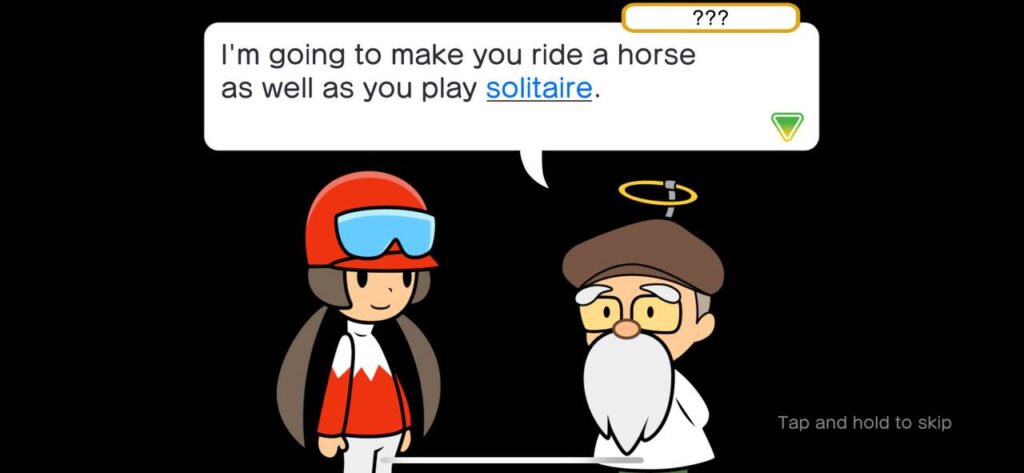
The premise of Pocket Card Jockey: Ride On! is simple but offbeat: it combines horse racing, training simulation, and the game of solitaire, all in one. With such a wacky concept, I’m not sure how this game was greenlit in the first place – but I’m glad it was!
The meat of the game is the races, where we jockey up for position on the racetrack, alongside the solitaire game itself.
Pocket Card Jockey: Ride On! Mechanics
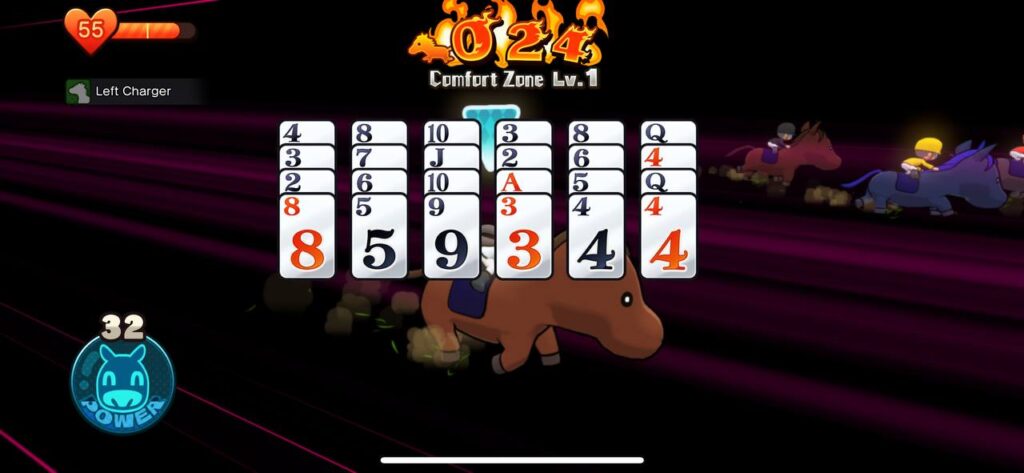
Pocket Card Jockey: Ride On! uses the solitaire variant called Golf. We begin with a tableau of seven columns of up to five cards each from a standard playing card deck.
Only the topmost card can be removed from the tableau and added to our foundation (our active card), which reveals the next card in the column. From here on, we can keep on removing cards of a higher or lower rank regardless of suit from the tableau to our foundation. We want to form as many chains as we can before we draw from the stock – the rest of the cards left over – when we run out of possible plays. Note we can wrap, that is playing an Ace on top of a King, or a King on top of an Ace.
Our goal is to clear out the entire tableau for bonus points.
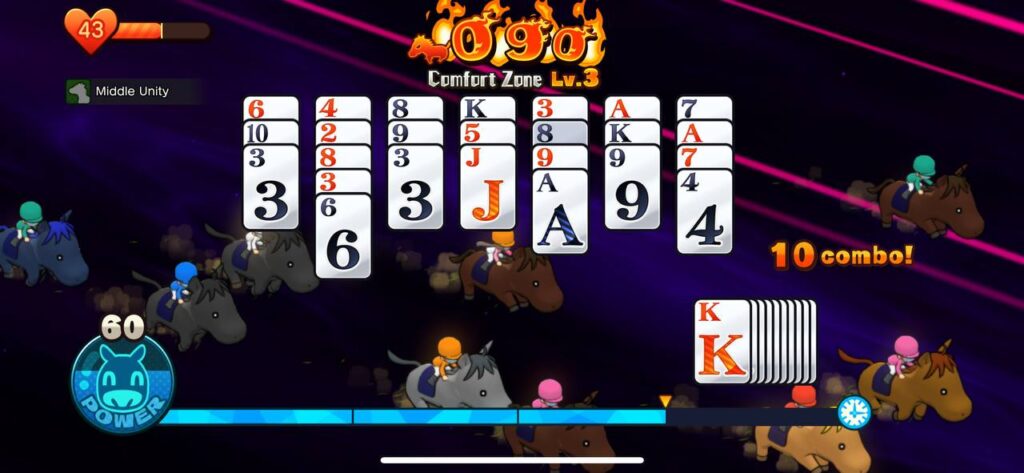
In the races, there are three crucial metrics to keep track of: Energy, Unity Power, and Stamina. Energy is our main gas; the more energy we have, the faster we run. Unity Power is the bonus we get for chaining cards together during solitaire, and these can be converted to Energy by pressing the Power button after every round (tip: only do this when your horse is in a good mood!). Stamina dictates how much our horse can move around, and ultimately decides if we have enough sprinting power during the last stretch of the game.
These three elements are pretty abstract in implementation, but the game’s simple enough that new players can get the hang of it after a round or two.
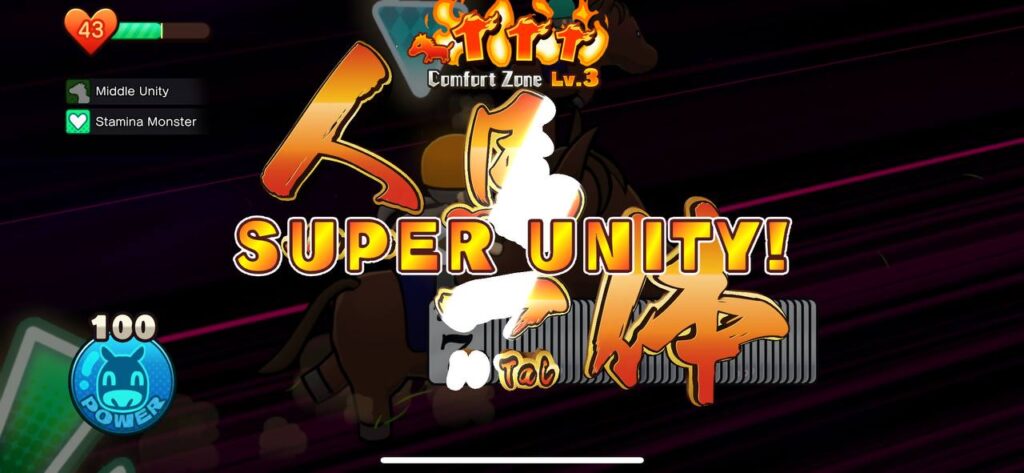
When we clear out the entire tableau, we get a perfect score. If we’re in Comfort Zone Lv. 3, we can gain the Super Unity buff – a status which grants effectively perfect mood, lets us push other horses out of the way, and attracts other powerups scattered throughout the racetrack to our horse.
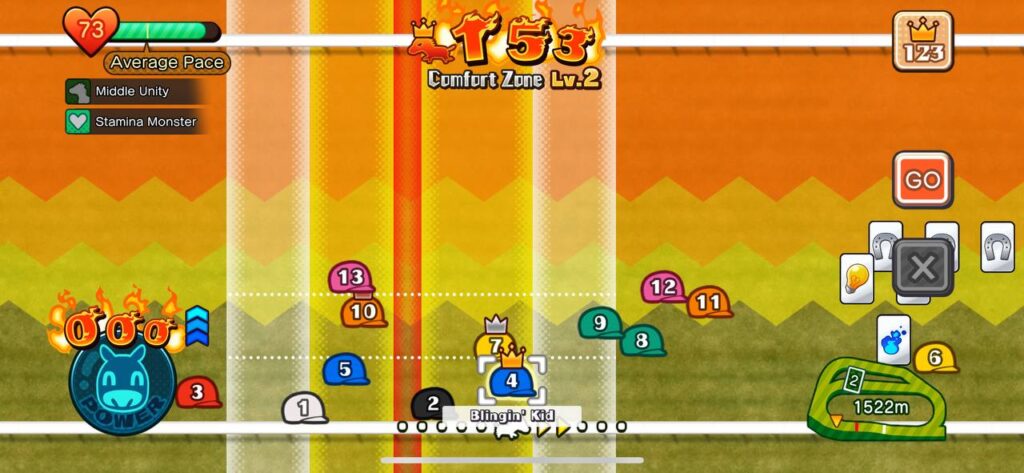
Mastering the positioning screen is also key to success. There are various zones denoted by colors. By sitting on Comfort Zone Lv. 3, we get dealt harder solitaire puzzles, but gain more points. It’s a tradeoff we need to account for, as there are ultimately some solitaire boards we just cannot feasibly fully clear.
Moving around the outer and inner field consumes our Stamina – moving too much will tire out our horse, but staying in place might also get us crowded by other racers.
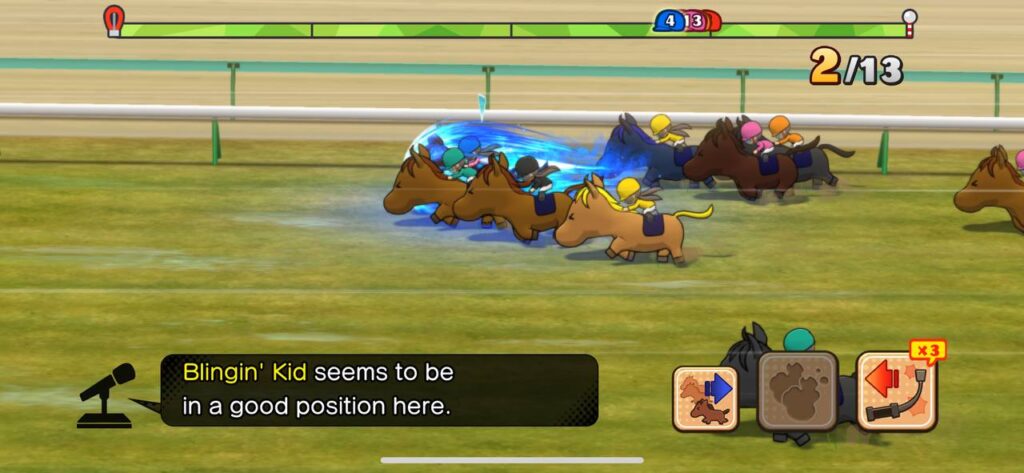
The home stretch is just an honest-to-goodness horse race. We have four whips to speed up our horse and potentially push other horses away. But be conservative; too many whips and our horse will run out of Stamina!
Pocket Card Jockey: Ride On! Gameplay Loop
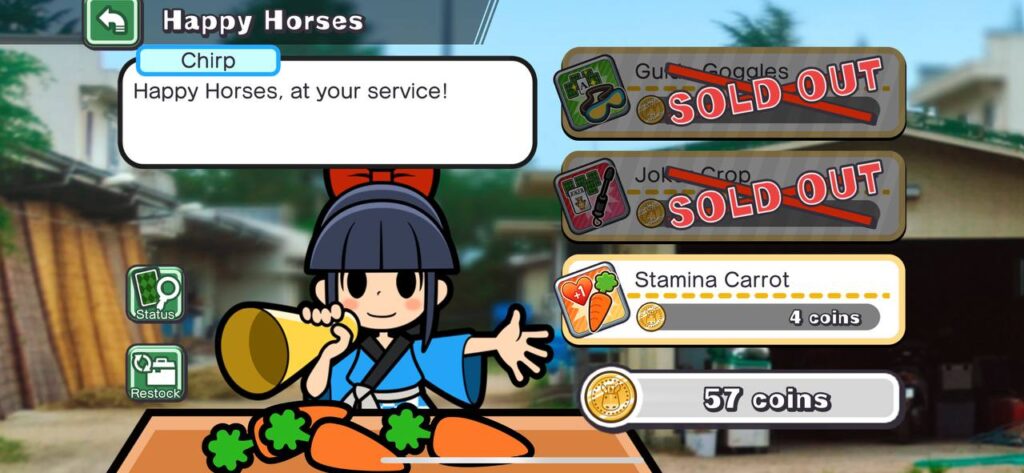
Outside of the main campaign, there’s a store to use in-game currency (earned by winning races) to purchase items that can aid us in our races: some are quality of life upgrades, some supply us with more stamina, others can even give us Joker cards in the tableau.
There’s also a PVP mode against one other opponent and a whole field of CPUs. This game mode is a bit faster, though entirely optional since the main campaign already provides so much gameplay.
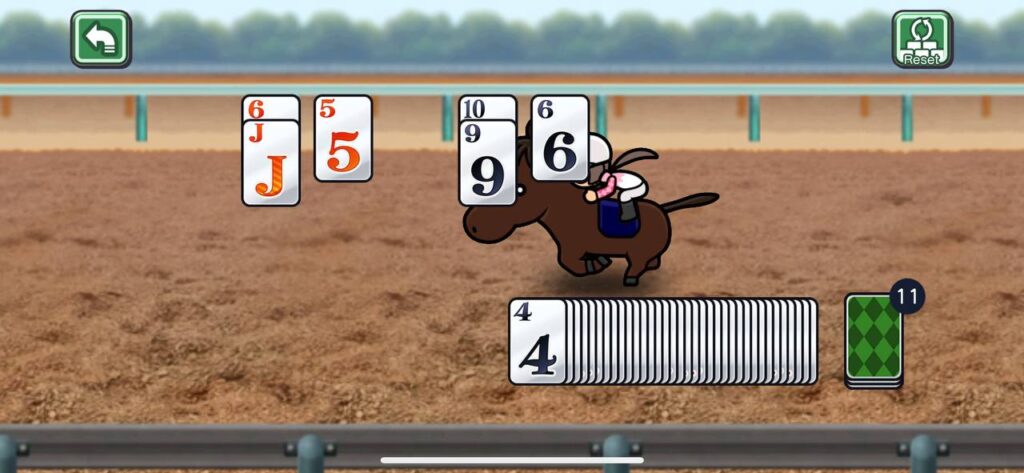
Daily puzzles are also available, where achieving a perfect score awards us with some goodies.
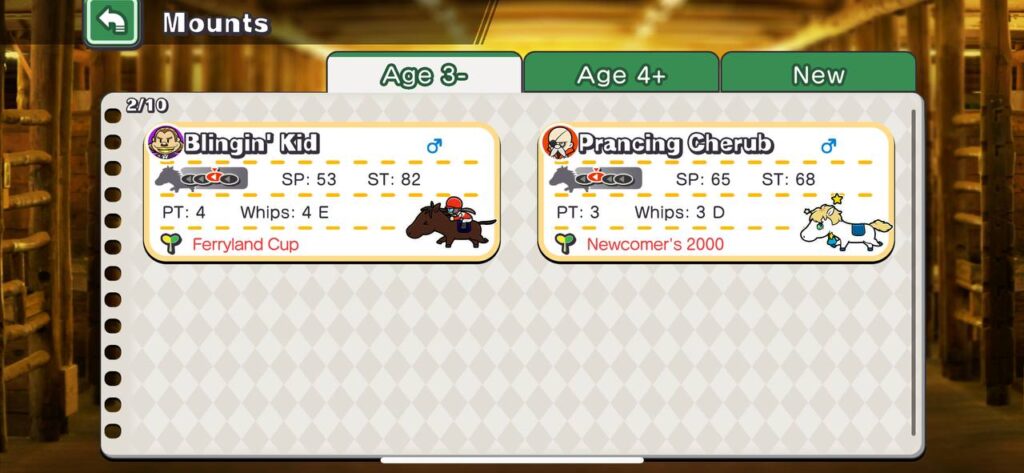
The entirety of the main campaign is split into various years – the second and third years are called Growth Mode, where winning races increases our Stamina and Speed. Meanwhile, the fourth year sees our horse hit maturity, where it stops leveling up and locks in their stats. After losing three races, we must retire our horse, sending them to the farm to breed future offspring; the better the parent, the stronger the baby foal will be. And the cycle continues anew.
In a way, the gameplay loop forms a sort of roguelike with metaprogression. The simulation part may have also influenced games such as Uma Musume: Pretty Derby (developed by Cygames, the same folks behind the Shadowverse franchise), a horsegirl gacha game where simulation and producing better units is the core gameplay. It’s also a perrenial top-grosser in gacha revenue even just from the Japanese server alone.
There’s clearly a huge market for horse racing in Japan!
The Card Gamer Verdict on Pocket Card Jockey: Ride On!
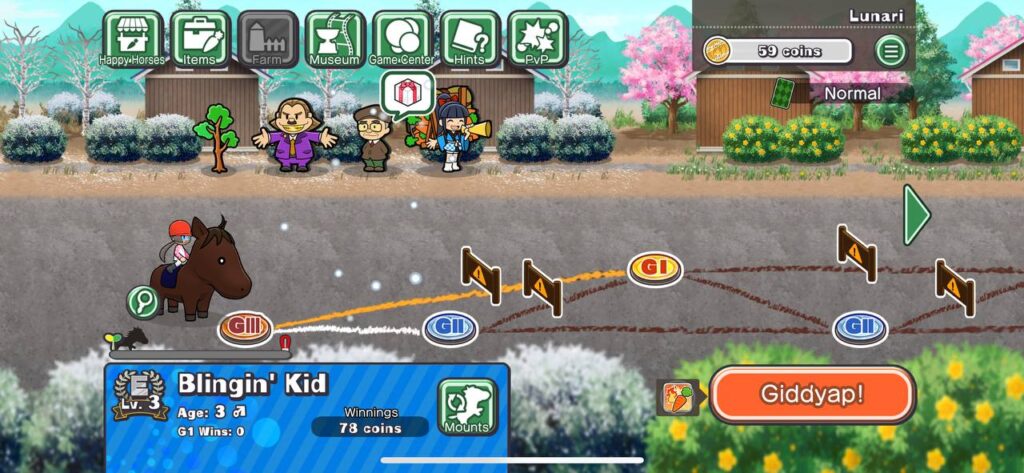
Pocket Card Jockey: Ride On! brings adorable 3D and 2D paper cutout visuals, which is part of the original game’s draw. And while the premise may still feel weird for readers even after this review, its easy-to-pick-up, hard-to-put-down nature lends itself to an addictive “one more run” gameplay loop. The game being part of Apple Arcade can also be a huge bonus; there’s nothing to lose by trying it out if you already have a subscription, or if you chance upon a free month promotion from Apple.
Pocket Card Jockey: Ride On! is wacky in all the right ways – and I’m glad this cult classic still exists in the modern world. It’s available on Apple Arcade and on the Nintendo Switch, with a free demo.
Ex-professional Magic: The Gathering and Hearthstone players made a deckbuilder that’s reminiscent of Dominion. Does Tuggowar have what it takes to be a deckbuilder mainstay? Cobalt Core, one of the coziest deckbuilders ever, feels like a warm hug, all while being shot down in space by an adorable cast of characters. Read our review here.

